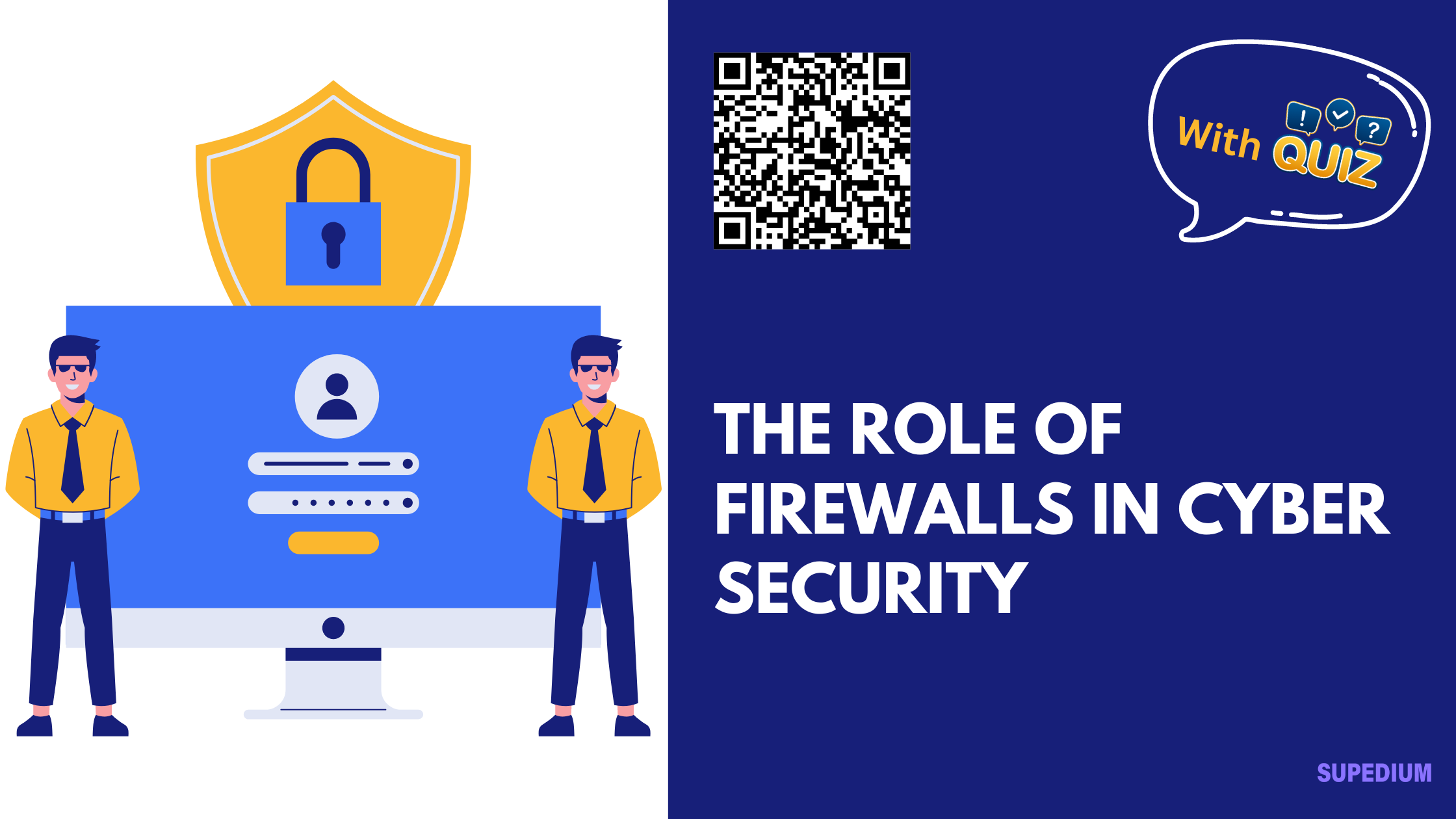Table of Contents
![]()
Introduction
Firewalls play a pivotal role in modern cyber security, acting as a barrier between a trusted internal network and untrusted external networks. Their primary function is to monitor and control incoming and outgoing network traffic based on predetermined security rules. As cyber threats evolve, understanding the nuances of firewall technology becomes crucial for maintaining robust security postures.
Types of Firewalls
Firewalls come in various types, each with distinct features and functionalities:
- Packet-Filtering Firewalls: These are the most basic type of firewalls that work by examining packets of data and determining whether to allow or block them based on predefined rules. They operate at the network layer and can filter traffic based on IP addresses, ports, and protocols.
- Stateful Inspection Firewalls: Unlike packet-filtering firewalls, stateful inspection firewalls track the state of active connections and make decisions based on the context of the traffic. They provide a higher level of security by ensuring that all incoming packets are part of an established connection.
- Proxy Firewalls: Proxy firewalls act as intermediaries between the client and the server. They retrieve data from the server on behalf of the client, which helps to hide the client’s IP address and can provide additional layers of security such as content filtering.
- Next-Generation Firewalls (NGFWs): NGFWs combine traditional firewall capabilities with advanced features like application awareness, intrusion prevention systems (IPS), and threat intelligence. They offer deeper inspection of traffic and can identify and block sophisticated threats.
How Firewalls Work
Firewalls operate based on a set of rules that determine which network traffic should be allowed or denied. The basic principles include:
- Rule-Based Filtering: Firewalls use a set of rules to inspect packets. These rules can specify which types of traffic are permitted or blocked based on various criteria such as IP address, port number, and protocol.
- Stateful Monitoring: Stateful firewalls maintain a table of active connections and ensure that packets are part of a legitimate session. This approach helps to prevent various types of attacks that exploit the stateless nature of basic packet-filtering firewalls.
Benefits of Firewalls
Firewalls offer several significant benefits in enhancing cyber security:
- Protection Against Unauthorized Access: By controlling traffic between different network segments, firewalls help to prevent unauthorized users from accessing sensitive internal resources.
- Monitoring and Logging Capabilities: Firewalls provide detailed logs of network activity, which can be valuable for detecting and analyzing potential security incidents.
- Network Segmentation: Firewalls enable the segmentation of networks into different zones, helping to isolate critical systems and reduce the impact of potential breaches.
Limitations and Challenges
Despite their advantages, firewalls have limitations and face several challenges:
- False Positives and Negatives: Firewalls can sometimes incorrectly block legitimate traffic (false positives) or fail to detect malicious traffic (false negatives), which can impact network performance and security.
- Performance Impact: The inspection and filtering processes can introduce latency and affect the overall performance of network communications, particularly in high-traffic environments.
- Evolving Threats: As cyber threats become more sophisticated, traditional firewalls may struggle to keep up. Advanced threats such as zero-day exploits and encrypted traffic can bypass conventional firewall defenses.
Case Studies
Real-world examples illustrate the impact of firewalls on security:
- Case Study 1: An organization with robust firewalls was able to prevent a major data breach by blocking unauthorized access attempts from external sources.
- Case Study 2: In contrast, a company that relied solely on basic packet-filtering firewalls suffered a significant breach due to the exploitation of a vulnerability that their firewall could not detect.
Future Trends in Firewall Technology
The future of firewall technology involves several exciting developments:
- Integration with AI and Machine Learning: Emerging firewalls are incorporating artificial intelligence and machine learning to enhance threat detection and response capabilities.
- Cloud-Based Firewalls: With the increasing adoption of cloud services, cloud-based firewalls are becoming more prevalent, offering scalable and flexible security solutions.
- Evolving Threat Landscapes: Future firewalls will need to adapt to new types of threats, including sophisticated malware and advanced persistent threats (APTs), to maintain effective protection.
Conclusion
In summary, firewalls are a crucial component of any comprehensive cyber security strategy. They provide essential protection by controlling network traffic, preventing unauthorized access, and offering valuable monitoring and logging capabilities. However, as threats evolve, so must firewall technologies. Understanding the ultimate role of firewalls in the broader security landscape helps organizations to effectively safeguard their digital assets against ever-changing cyber threats. Future advancements in firewall technology promise to enhance their effectiveness, ensuring they continue to be a key player in cyber security.






Be the first to comment